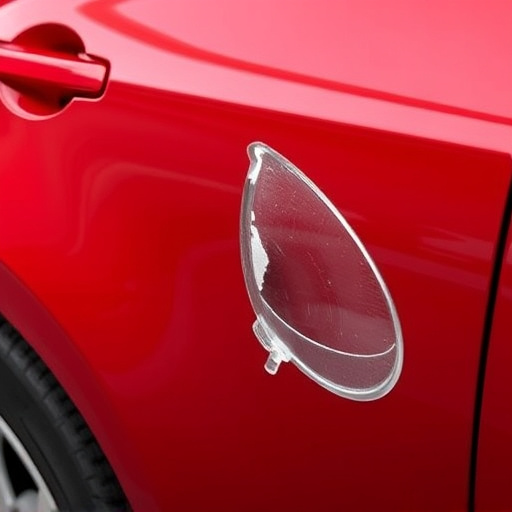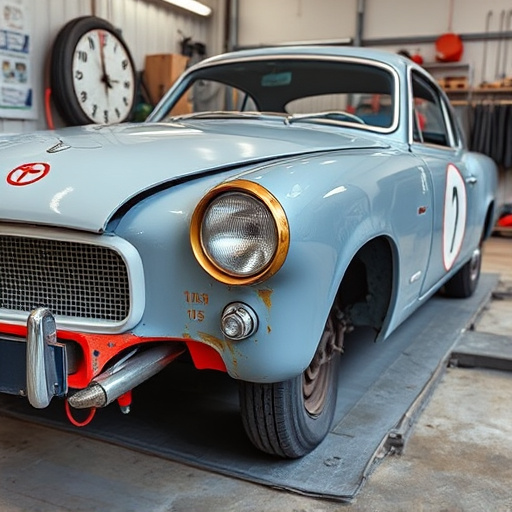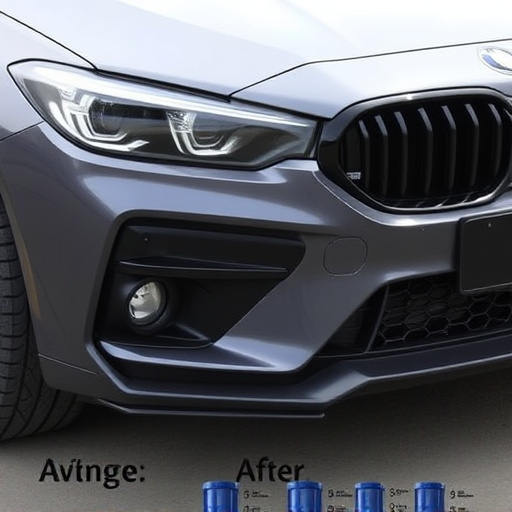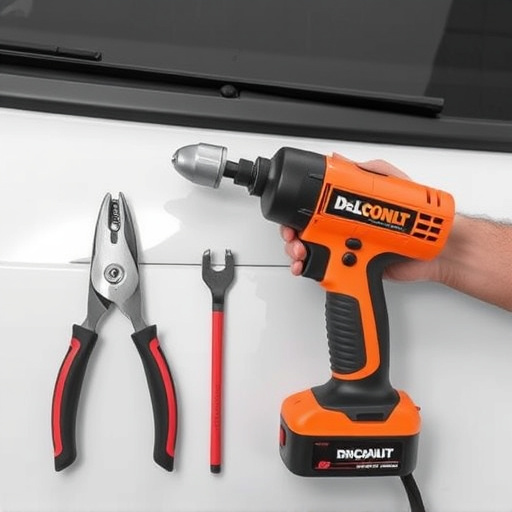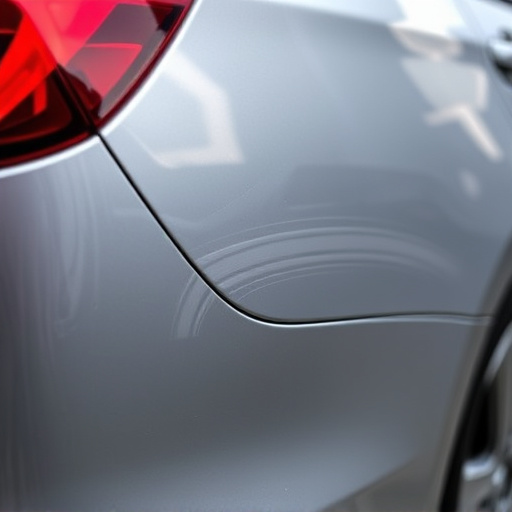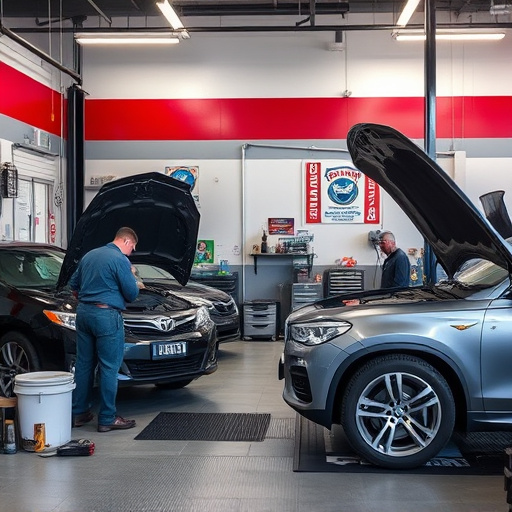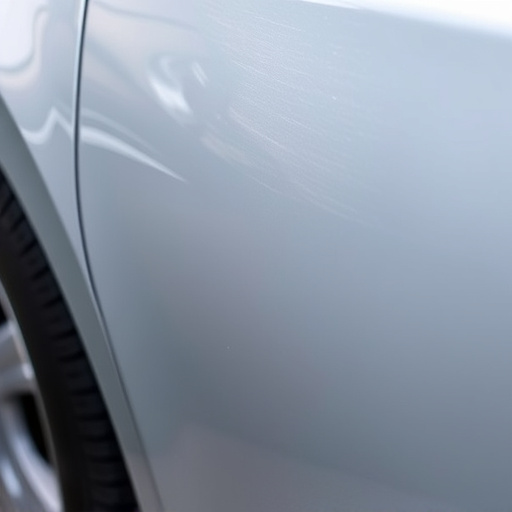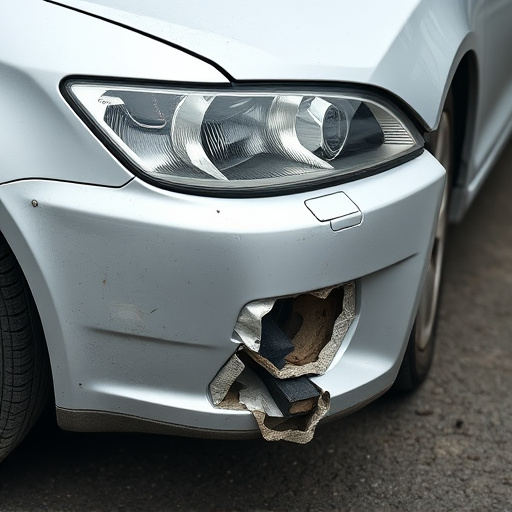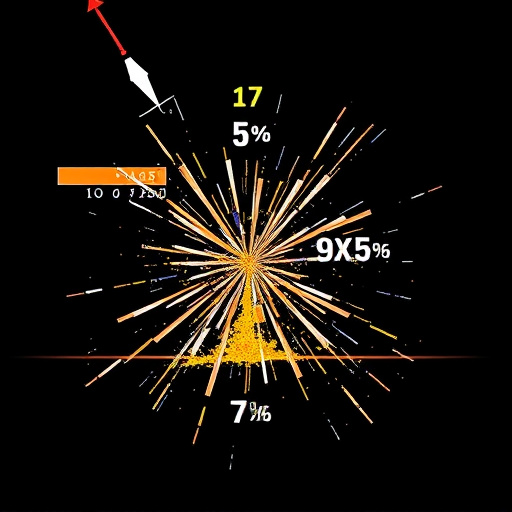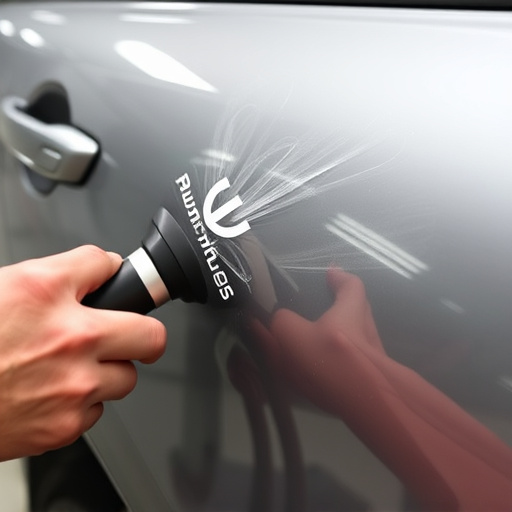Seamless Mercedes Android Auto setup can be disrupted by weak signals, device interference, outdated software, or misconfigurations, leading to pairing failures and unstable Bluetooth connections. Troubleshooting involves checking Bluetooth settings, updating software, resetting pairings, and reinstalling the app. For persistent issues, advanced techniques like software updates, electrical system checks, and professional diagnosis from trusted auto repair services may be required to ensure a smooth in-car experience as outlined in the owner manual.
Troubleshooting connectivity issues in your Mercedes Android Auto setup can be a complex task, but with the right tools and knowledge, you can overcome most challenges. This comprehensive guide covers everything from understanding common connectivity problems in Mercedes vehicles to advanced techniques for persistent errors. By following our step-by-step diagnoses and solutions, you’ll be able to ensure a seamless integration of Android Auto into your Mercedes, enhancing your driving experience with easy access to navigation, media, and more.
- Understanding Mercedes Android Auto Connectivity Issues
- Diagnosing Common Problems and Their Solutions
- Advanced Troubleshooting Techniques for Persistent Errors
Understanding Mercedes Android Auto Connectivity Issues
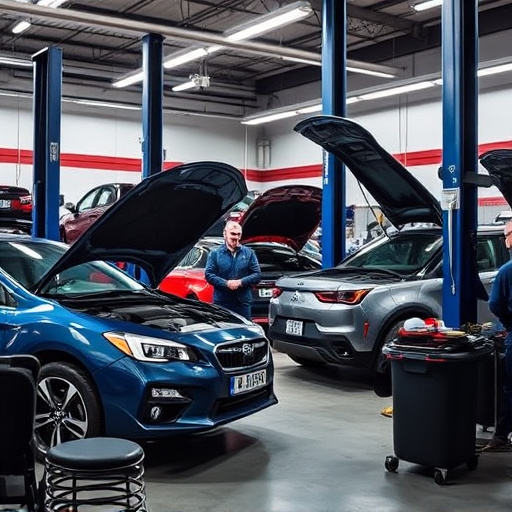
Mercedes Android Auto setup is designed to seamlessly integrate your smartphone with your vehicle’s infotainment system, offering a safe and convenient way to access apps and services while driving. However, like any technology, it’s not immune to connectivity issues. Understanding these potential problems is the first step in troubleshooting. Common challenges may include unstable Bluetooth connections, delayed or frequent disconnections, or failure to pair altogether. These glitches can be frustrating, especially if you rely heavily on navigation, music streaming, or hands-free calling during your commutes.
If you’re facing connectivity hiccups with Mercedes Android Auto, it could be due to various factors. A weak signal from your smartphone, interference from other Bluetooth devices nearby, outdated software, or misconfigured settings might cause the issue. Fortunately, many of these problems can be easily resolved by checking your device’s Bluetooth settings, updating the Mercedes app and phone operating system, or even visiting a trusted auto repair near me for expert assistance if you suspect hardware-related issues, such as damaged connectivity modules or faulty wiring—a service that professional car repair services are well-equipped to provide.
Diagnosing Common Problems and Their Solutions
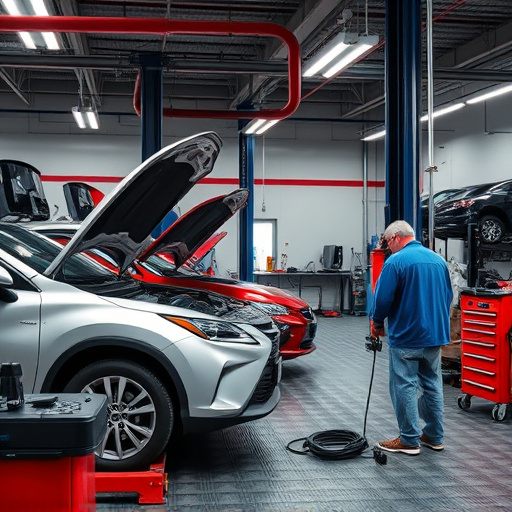
When troubleshooting your Mercedes Android Auto setup, it’s common to encounter issues that can be quickly diagnosed and resolved. One of the first steps is to ensure all hardware components are properly connected and compatible with your vehicle. Check that the USB cable is securely attached to both the car’s port and your smartphone, and verify the phone is recognized by the infotainment system. If not, a simple cable replacement or port reset might be all that’s needed.
Further problems may stem from connectivity issues related to your smartphone or the Android Auto app. Ensure your phone’s Bluetooth is enabled and paired correctly with your Mercedes. Updates for both the car’s software and the Android Auto app are essential; they often include bug fixes and performance improvements. If you’re still experiencing difficulties, consider resetting your phone’s pairing or even a complete reinstallation of the Android Auto app. Remember, maintaining a seamless Mercedes Android Auto setup is crucial for an enjoyable in-car experience, ensuring smooth navigation and access to essential apps without any dents in your car’s interior or distractions from auto glass repairs.
Advanced Troubleshooting Techniques for Persistent Errors
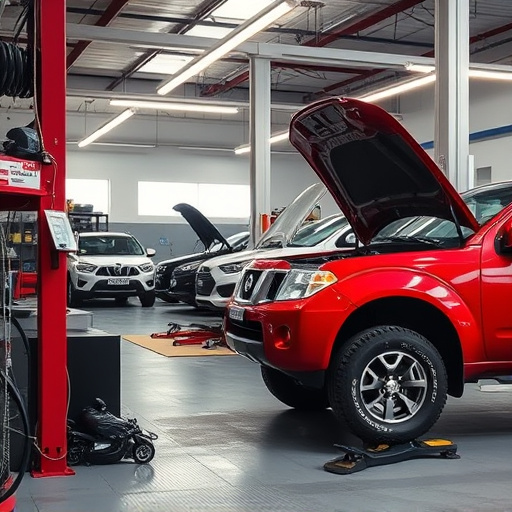
If standard troubleshooting methods haven’t resolved your Mercedes Android Auto setup issues, it’s time to explore more advanced techniques. One common culprit could be outdated or corrupted software within the vehicle’s infotainment system. A visit to a reputable car body shop or collision damage repair center can help diagnose and potentially update or replace faulty components. They have access to specialized tools that can scan and fix any software glitches, ensuring your Mercedes Android Auto functions seamlessly.
Additionally, consider checking for any loose connections within the vehicle’s electrical system, especially near the setup unit. Sometimes, a simple re-solder job or tightening of wires can resolve persistent errors. If all else fails, consult the vehicle’s owner manual or reach out to Mercedes customer support for further assistance, ensuring your Android Auto integration is as smooth and reliable as your ride’s paint repair and body shop services.
When troubleshooting connectivity in a Mercedes Android Auto setup, understanding common issues and their solutions is key. By following the steps outlined in this article, from diagnosing basic problems to employing advanced techniques for persistent errors, you’ll be well-equipped to ensure a seamless connection between your Mercedes and Android Auto. Remember that patience and methodical approaches are essential when navigating these challenges. With the right tools and knowledge, you can resolve connectivity issues and enjoy a smooth, integrated driving experience with your Mercedes Android Auto setup.

